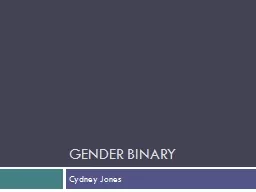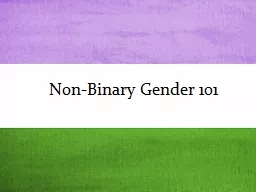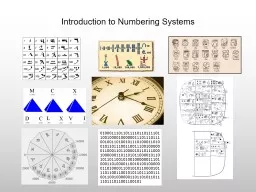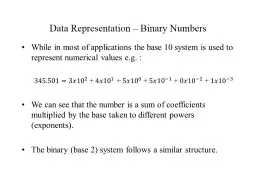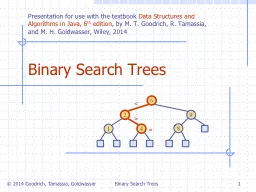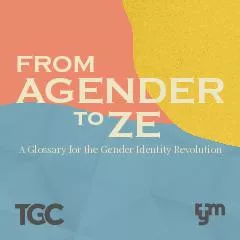PPT-Gender binary
Author : pasty-toler | Published Date : 2015-10-07
Cydney Jones Definitions Sex chromosomes hormones and reproductive structure Gender behaviors actions and the internal sense of self as male female both or neither
Presentation Embed Code
Download Presentation
Download Presentation The PPT/PDF document "Gender binary" is the property of its rightful owner. Permission is granted to download and print the materials on this website for personal, non-commercial use only, and to display it on your personal computer provided you do not modify the materials and that you retain all copyright notices contained in the materials. By downloading content from our website, you accept the terms of this agreement.
Gender binary: Transcript
Download Rules Of Document
"Gender binary"The content belongs to its owner. You may download and print it for personal use, without modification, and keep all copyright notices. By downloading, you agree to these terms.
Related Documents

